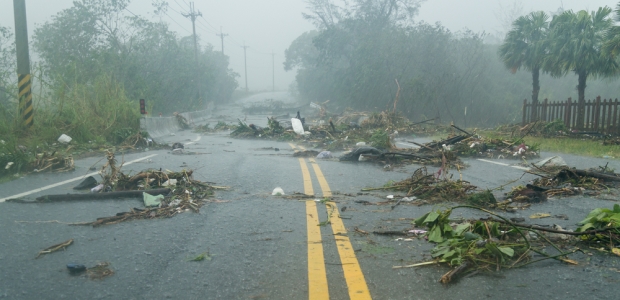
Senate Hearing to Examine Hurricane Forecasting
The hearing will examine two new tools the National Hurricane Center is using for the 2016 hurricane season: storm surge watches and warnings and maps of potential storm surges.
A hearing on hurricane forecasting that is scheduled to feature testimony by Dr. Rick Knabb, director of NOAA's National Hurricane Center in Miami, Fla., will take place May 25 before the U.S. Commerce, Science and Transportation Committee's Subcommittee on Oceans, Atmosphere, Fisheries, and Coast Guard. The subcommittee is chaired by Sen. Marco Rubio, R-Fla.
The "Improvements in Hurricane Forecasting and the Path Forward" hearing is scheduled to begin at 2 p.m. EDT on May 25, with Knabb the only witness listed on the subcomittee's website.
Hurricane forecasting has improved thanks to weather satellites and computer models; the hearing will examine two new tools the National Hurricane Center is using for the 2016 hurricane season: storm surge watches and warnings and maps of potential storm surges. Knabb will testify about the tools and NHC's efforts to improve hurricane path forecasts and the ability to predict a hurricane's intensity. The hearing will be streamed live at www.commerce.senate.gov.
The National Hurricane Center is part of the National Centers for Environmental Prediction and is located at Florida International University.
Hurricane season runs from June 1 to Nov. 30. The American Red Cross offered preparedness tips in advance of the season, noting that hurricanes cause problems for people in coastal areas but also cause significant damage far from the shoreline. "A hurricane is a serious threat to residents in coastal areas as well as hundreds of miles inland," said Brad Kieserman, vice president of Disaster Services Operations and Logistics for the Red Cross. "We're ready and we want people to know it's important for them to get prepared, too."
ARC's advice for getting ready is to:
- Create an emergency kit with a gallon of water per person per day, non-perishable food, a flashlight, battery-powered radio, first aid kit, medications, supplies for an infant if applicable, a multi-purpose tool, personal hygiene items, copies of important papers, cell phone chargers, extra cash, blankets, maps of the area, and emergency contact information.
- Talk with household members and create an evacuation plan, then practice the plan in order to minimize confusion and fear during the event.
- Be informed: Learn about the community's hurricane response plan, plan routes to local shelters, register family members with special medical needs as required, and make plans for your pets.
- Download the free Red Cross Emergency App to get severe weather and emergency alerts on your mobile device. Red Cross apps can be found in smartphone app stores by searching for American Red Cross or by going to redcross.org/apps.
- If you already have a disaster kit, now is the time make sure the food and water are still okay to consume and that copies of important documents are up to date. And if you already have an emergency plan for your household, talk about it again with family members so everyone knows what to do if an emergency occurs.